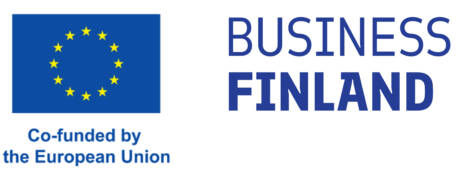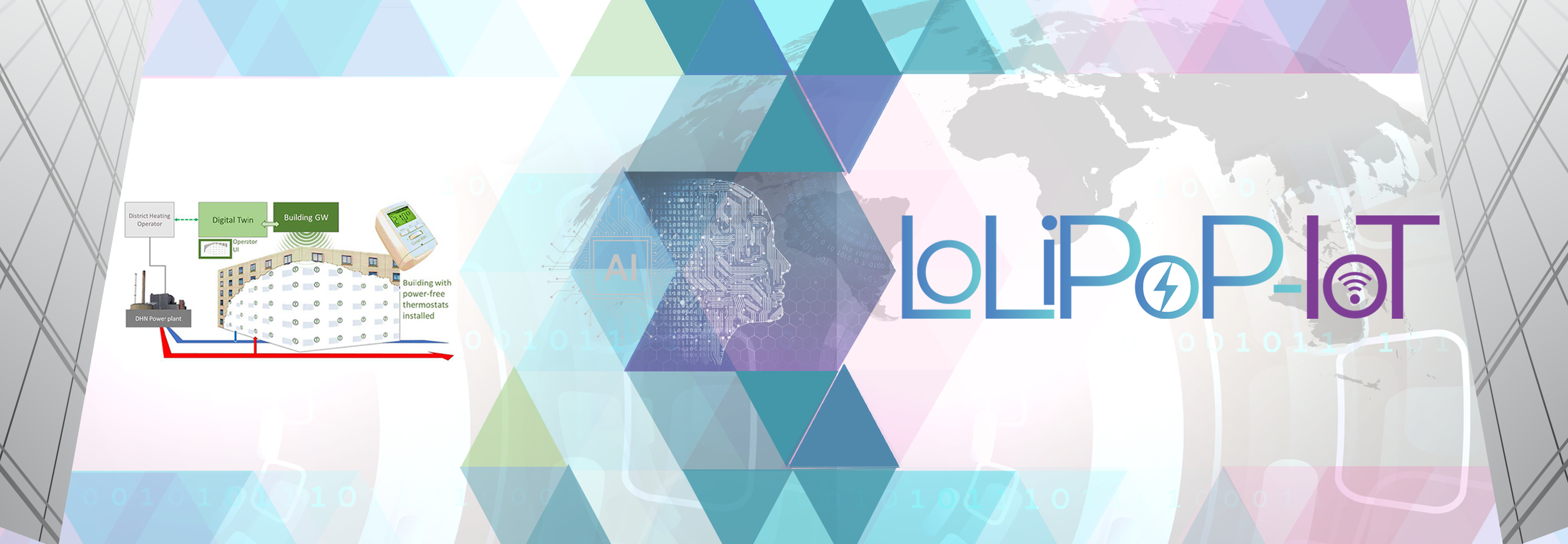

LoLiPoP-IoT – Long Life Power Platforms for Internet of Things
LoLiPoP-IoT is a significant project funded by The Horizon Europe and Business Finland. Its goal is to develop energy harvesting and micro-power management solutions for wireless IoT edge devices that can deliver societal benefits such as reduced carbon emissions, the integration of renewable energy sources and increased energy independence. The actions are limited to energy efficient edge devices and their management and energy harvesting. The project will also link up to business continuity, the security of supply and cybersecurity through the promotion of reliability and edge-centricity.

Link to the international website of the LoLiPoP-IoT consortium: LoLiPoP-IoT |

Branch: Digitalisation
Duration: 1.6.2023 – 31.5.2026
Region: International
Financed by: European Union, Business Finland, Chips JU, Ministry of Education, Youth and Sports, Federal Ministry for Economic Cooperation and Development
Project Manager: Tomi Tuomaala tomi.tuomaala2@centria.fi
LoLiPoP-IoT is a significant project funded by The Horizon Europe and Business Finland. Its goal is to develop energy harvesting and micro-power management solutions for wireless IoT edge devices that can deliver societal benefits such as reduced carbon emissions, the integration of renewable energy sources and increased energy independence. The actions are limited to energy efficient edge devices and their management and energy harvesting. The project will also link up to business continuity, the security of supply and cybersecurity through the promotion of reliability and edge-centricity.
In this context, LoLiPoP-IoT targets challenges in three types of FUNCTIONALITIES for multiple application domains:
A) ASSET TRACKING: (from raw materials to finished good and equipment): This can be used to optimise flow, management and throughput of assets. In a factory environment this can identify bottlenecks resulting in reductions of up to 10% in production, cycle time and inventory costs. In a smart mobility environment this can help monitor assets to avoid loss and theft, minimize downtime as well as make savings in transportation cycle times and energy/carbon footprint.
B) CONDITION MONITORING (predictive maintenance): this is the process of monitoring a parameter of condition in machinery (vibration, temperature etc.), in order to identify a significant change which often inidicates a developing fault. For industry 4.0 maintenance overheads can potentially be reduced from 40% to <15% with additional improvements in cycle time and downtime. At present, maintenance costs range between 15% and 40% of the total production costs, and unplanned downtime costs industrial manufacturers ~ $50 billion annually. Predictive maintenance saves ~ 8% to 12% over preventative maintenance, and up to 40% over reactive maintenance.
C) ENERGY EFFICIENCY & COMFORT OPTIMISATION: Key sensory data can be used to predict, understand and adjust the energy load (e.g. equipment, buildings) and energy needs. This can be done by optimizing the work environment for the human needs and by avoiding unnecessary consumption of energy. In this way, energy and fuel consumption can be reduced by up to 20% and significant reductions per year in battery replacement costs can be achieved. This will deliver carbon footprint savings due to less energy usage (as well as fewer batteries going into landfill if energy harvesting is used to prolong WSN device battery life). Meanwhile, workplace satisfaction and wellbeing can be increased significantly, resulting in a more productive workforce and reducing absence and care-related costs. This potentially also makes it easier to seamlessly integrate renewable energies.
The Finnish Consortium
The Finnish Consortium in the LoLiPoP-IoT project includes Centria and two technology companies; Offcode Oy from Oulu and Meshworks Wireless Oy from Tampere. The project aims to promote consumption control and environmental benefits through the overall management of a building’s heating system using dual digital technologies and artificial intelligence. The Finnish consortium is responsible for creating an energy self-sufficient wireless IoT system, the so-called building heating control system, which operates almost energy self-sufficiently with the electrical energy generated from a building’s waste heat.
The focus of the project is not only on energy harvesting and efficiency, but also on the use of edge computing and AI technologies to process the data generated by the building sensor network. The development will be piloted in a public building managed by the City of Vantaa and heated by Vantaa Energy.
Tomi Tuomaala
Ylivieska